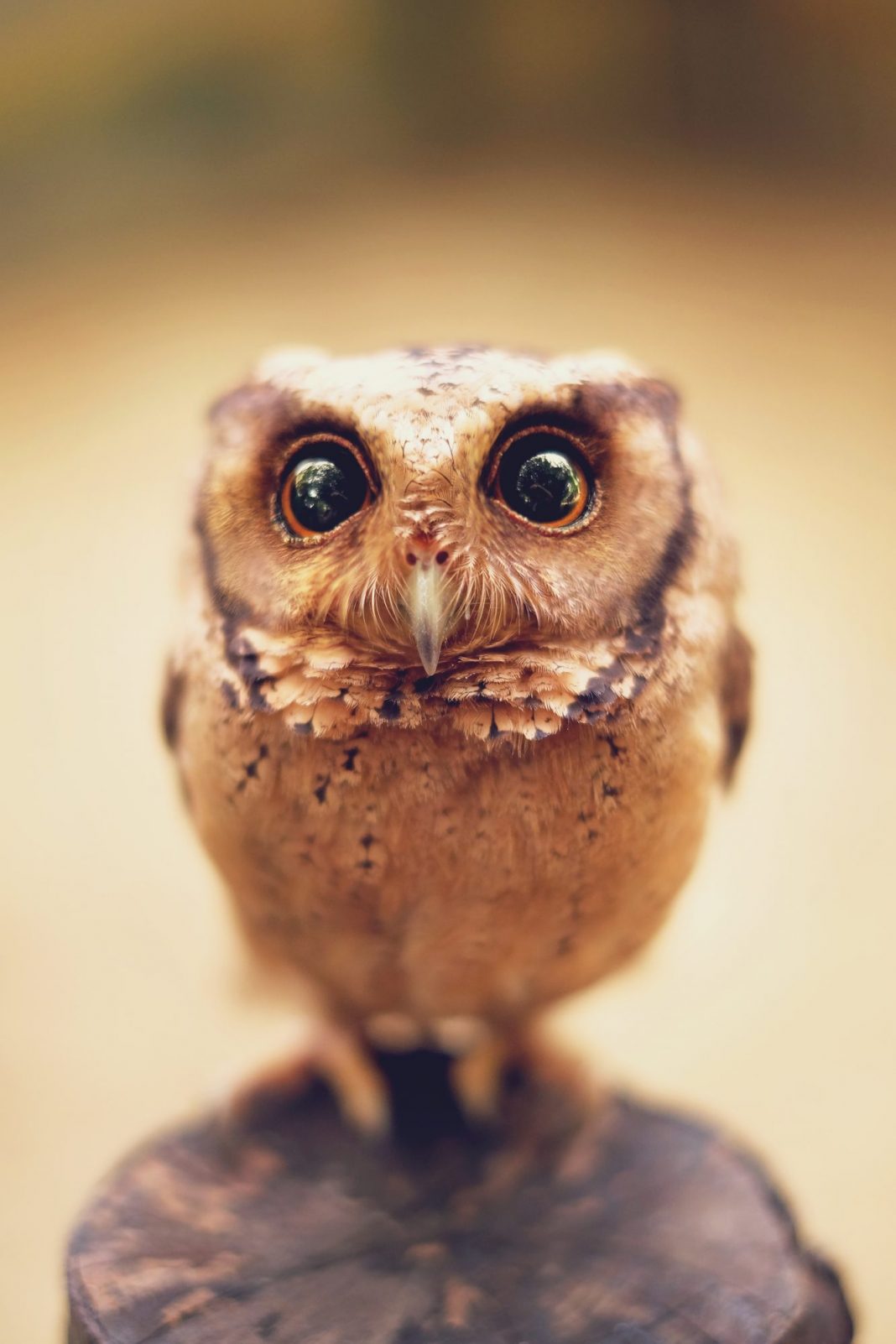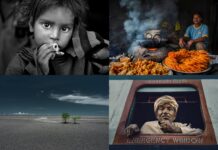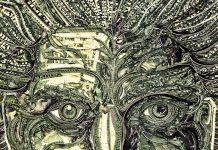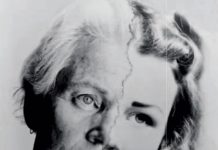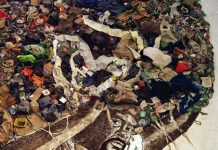Owls – the fluffy but fierce residents of Malaysia’s forests – are victims of the illegal wildlife trade.
Text: Rachel Genevieve Chia
Malaysia-based Mauritian photographer Shamma Esoof speaks to Asian Geographic about her photo series on on the nocturnal bird, which seeks to raise awareness against buying owls as pets. For her images, Shamma won the 2014 Smithsonian Altered Image Category Award, Capture the Moment Grand Prize 2013, and has published her work in BBC Nature, CBS News, The Daily Mail, and various magazines.
Q: Why have you chosen owls as a subject? What about them inspires, influences and interests you?
SE: I am fascinated with owls firstly because they are visually striking. They have huge front facing eyes and expressive faces. After seeing them in real life, I observed that unlike other animals who shy away from making eye contact; owls will gaze directly into your soul. Secondly, they simply fascinating animals. They are absolutely silent when they fly. Since the beating of their wings do not make any sound, it makes them lethal predators. Since my country does not have owls, it was always a dream of mine to see them in real life, rather than in photos or in documentaries. I was fortunate enough to observe wild Barn Owls in Malaysia.
The Malay language word for owl is burung hantu, which translates to ‘ghost bird’. I did not understand the full meaning of the term until I saw a wild Barn Owl in flight. It is almost a mystical experience. They look like an ethereal, ghost-like flash of white feathers. Such a sight always leaves me with a sense of awe and wonder. After reading a book called Wesley The Owl, I was validated in my belief that owls are more intelligent and emotionally complex than we can imagine. One tragic fact I learned from the book is that when barn owls mate for life. If one mate dies, it is common for the surviving mate to wither away and let themselves die.
Q: What did you try to communicate with your photographs, and how was that achieved?
SE: In the Harry Potter books and movies, the main character Harry has a pet owl called Hedwig. He carries her around in a cage and uses her to deliver letters. After the movies came out, they fueled a craze for pet owls. JK Rowling, the author, even had to urge her fans to stop buying owls. Owls are not meant to be pets. I knew I had to educate people on this issue. I need people to know that owls belong in the wild.
Certain sanctuaries house owls that are not able to be released back to nature. This is in no way an endorsement for owning owls as pets. In my first solo exhibition called Owls Know, I engaged visitors in conversation about protecting owls and their habitat. Many of them were pleasantly surprised that there were owls in Malaysia. Since owls are nocturnal, it is very rare to catch a glimpse of them.
Through my owl portraits, I also seek to dismantle the superstitions that exist around them. In certain cultures, owls are a bad omen. This belief is unfair because owls are a crucial part of the ecosystem. They are natural pest control. For example, they keep rat populations in check in rice plantations, thus protecting the harvest.
Q: How do you handle unpredictable factors such as location and weather and the owls’ temperament?
SE: The key to capturing an owl portrait is patience. Owls are notoriously hard to spot during the day because they are nocturnal. There have been entire photography trips where I did not see a single owl. The best time to spot them would be right before sunset. This is the time when they start to wake up and wait for night to fall so that they can start hunting. Once I spot one, I take the time to let them become accustomed to my presence. Being calm and composed is key. They need to know that I pose no threat, so no sudden movement or loud talking.
One of my post popular images is that of a wet owl perched on a branch, in the rain (see above). The rain was ankle deep that day. When I came across the bird in question, I could not help but stand with her a long moment. We shared a silent conversation.
Q: How do you educate yourself to take better pictures?
SE: I am guided by my subjects. The animals inspire me to do better. Regardless of the gear that I use, my intention is always to portray their elegance and resilience in a way that captivates people.
Q: What motivates you to continue taking pictures?
SE: I am motivated to continue taking pictures because I have a message. I believe that through my wildlife portraits, I can motivate people to be kinder to animals. It is my hope that my portraits engage people in such a way that they are inspired to protect animals and advocate for their welfare.
Q: What makes a good picture stand out from an average one?
SE: Apart of the technical aspect, I believe that a good photo is one that is able to establish an emotional connection with the viewer. The wildlife shots that stand out for me are the ones where the animal is portrayed with the dignity and respect that they deserve. The photographer’s approach and intent translate into the image.
[project_links]
[share]


